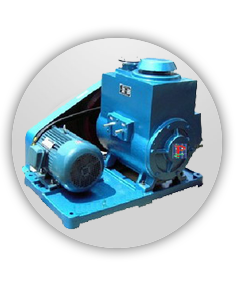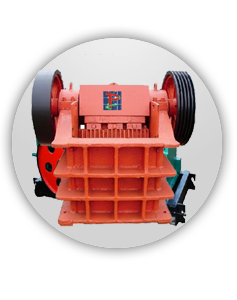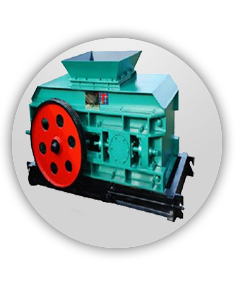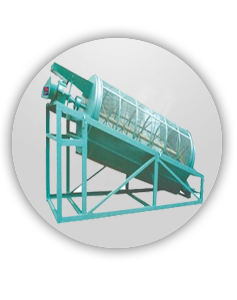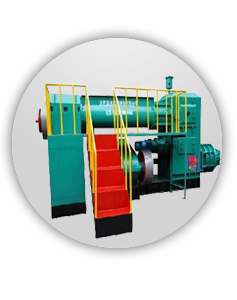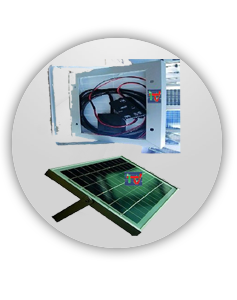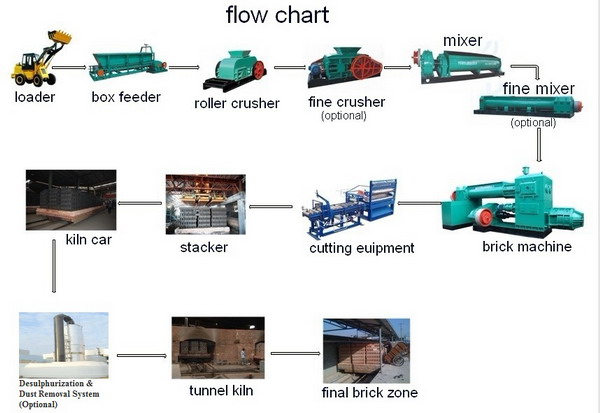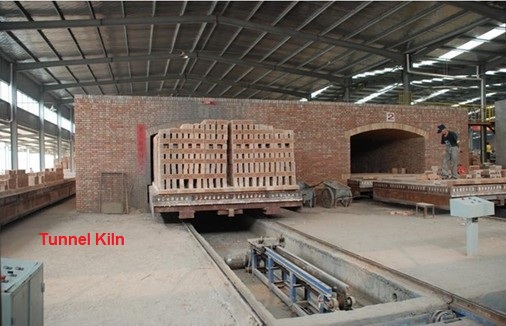Tunnel kiln set up diagram
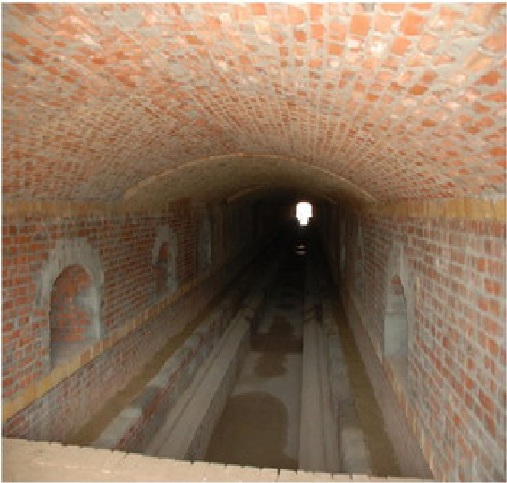
tunnel kit
A continuous kiln, sometimes called a tunnel kiln, is a long structure in which only the central portion is directly heated. From the cool entrance, ware is slowly transported through the kiln, and its temperature is increased steadily as it approaches the central, hottest part of the kiln. From there, its transportation continues and the temperature is reduced until it exits the kiln at near room temperature. A continuous kiln is the most energy-efficient, because heat given off during cooling is recycled to pre-heat the incoming ware. A special type of kiln, common in tableware and tile manufacture, and is the roller-hearth kiln, in which ware placed on bats is carried through the kiln on rollers. Kiln technology is very old. The development of the kiln from a simple earthen trench filled with pots and fuel, pit firing, to modern methods happened in stages. One improvement was to build a firing chamber around pots with baffles and a stoking hole, this allowed heat to be conserved and used more efficiently. The use of a chimney stack improves the air flow or draw of the kiln, thus burning the fuel more completely. Early examples of kilns found in Britain include those made for the making of roof-tiles during the Roman occupation. These kilns were built up the side of a slope, such that a fire could be lit at the bottom and the heat would rise up into the kiln. With the advent of the industrial age, kilns were designed to utilize electricity and more refined fuels, including natural gas and propane. The majority of large, industrial pottery kilns now use natural gas, as it is generally clean, efficient and easy to control. Modern kilns can be fitted with computerized controls, allowing for refined adjustments during the firing cycle. A user may choose to control the rate of temperature climb or ramp, hold or soak the temperature at any given point, or control the rate of cooling. Both electric and gas kilns are common for smaller scale production in industry and craft, handmade and sculptural work.


